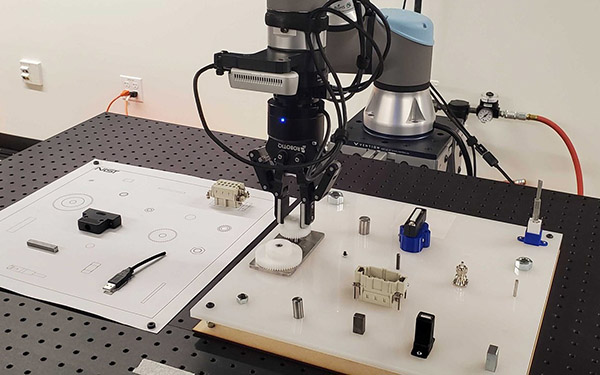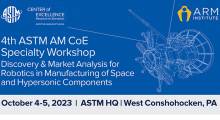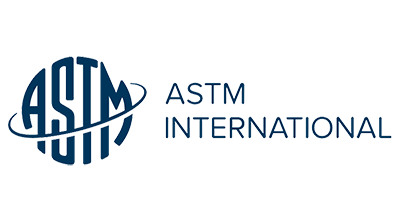ASTM International's F45 Committee on Robotics, Automation, and Autonomous Systems wrapped up its spring in-person meetings in Denver by filing new work items and discussing new focus areas. The F45 Committee, which has more than 120 members representing 12 countries, said it plans to continue its ongoing work of developing test and performance standards for numerous aspects of robotics.
West Conshohocken, Pa.-based standards organization ASTM initially established Committee F45 on Robotics, Automation, and Autonomous Systems to focus on mobile robotics. It widened in scope in 2020.
The F45 Committee announced more work items in the mobile robot area, while also approving new work in the area of robotic grasping and educational robot cart design.
ASTM developing mobile robot standards
Per ASTM vocabulary standards, mobile robots are referred to as A-UGV—Autonomous, Automated, or Unmanned Guided Vehicles—which allows them to be applied nearly any type of mobile robot from industrial to public-facing. During the meetings, the committee reviewed three work items currently in development which were:
- WK65141 Standard Guide for Combining A-UGV Standards
- WK68031 Standard Practice for Describing Moving Obstacles Utilized within A-UGV Test Methods
- WK80294 Standard Test Method for Performance of A-UGV Interaction with Stationary Objects
“Overall, these work items will provide further guidance for robot manufacturers, integrators, and end users to test the performance of their mobile robots and be able to compare improvements over time using specific sets of test methodology and items to test against,” said ASTM International.
The committee set a goal in developing these standards to provide an agnostic way to test a robot, regardless of its final use case. Testers will be able to provide reports that shows that the robot can detect and avoid specific types of common objects it may encounter whether it is in a warehouse or on a city sidewalk.
The committee also heard from parties who have advocated for specific test standards for legged robots and the unique challenges they have in comparison with their wheeled counterparts.
“The most common test method for legged robotics currently is a hockey stick,” stated Aaron Prather, director of Robotics and Autonomous Systems Programs at ASTM, “We have all seen the videos. The problem is, as a tester, I may push a bit harder than the next person, and we don’t know how to measure that force or make it consistent.”
The committee approved assigning a task group to explore what types of tests would need to be developed for legged robots beyond the current family of A-UGV test standards. The task group will meet monthly online and deliver their recommendations back the committee prior to in-person meetings in November.
The task group welcomed any experts in legged robots to join these discussions.
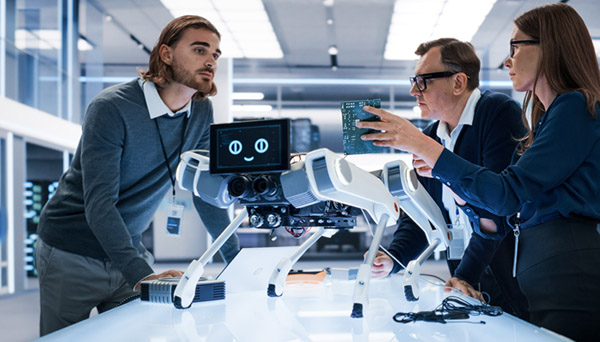
F45.05 subcommittee reports on grasping and manipulation
The newly formed F45.05 Subcommittee on Grasping and Manipulation reported on the progress of the two work items they are developing:
- WF83858 Standard Practice for Measuring Mobile Manipulator Performance: Static/Indexed Tasks
- WF83863 Standard Test Method for Grasp-Type End Effectors: Grasp Strength Performance
Both of these work items should enter the balloting process this year based on current progress, noted the subcommittee. Both work items will introduce new testing equipment that has been developed by National Institute of Standards and Technology (NIST) researchers and engineers.
The standards will also utilize the existing NIST Task Boards that can be accessed here.
The committee also approved a third work item from the F45.05 Subcommittee on robot assembly after the subcommittee presented its findings and the need for a new test standard.
Again, if there are interested parties that would like to contribute to this work, they are encouraged to join the F45 Committee.
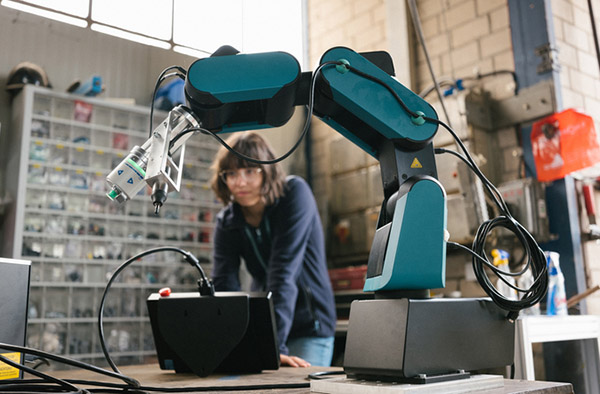
Educational carts to get a spec
The committee also received an update on the work item WK84838, Standard Specification for Robotic Educational Standard, which will provide best practices and build a specification for robot carts in the classroom. The goal for this voluntary standard is to provide guidance to cart designers and builders.
“We have heard from instructors about carts that are too big to go through the classroom door, or not having enough power outlets, or not having modules that allow them to switch out components quickly for different lessons,” noted Prather, “If we want more people learning how to use robots, we need to ensure they have the right tools in the classroom. Right now, it appears that the cart is the first place to start.”
Prather added that this will probably be the first of many standards that the F45 Committee looks at developing and publishing around the robot education space.
“What is great about this work is that we have educators that are on the front lines helping the committee to develop this first standard, and they are all excited about all the doors it will open to other work after they get it published,” he noted.
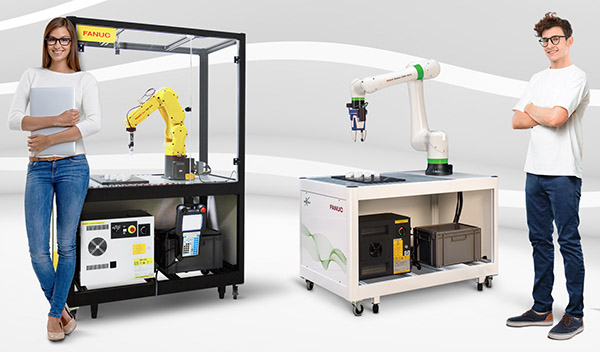
F45 Committee calls for more members
The F45 Committee continues to grow with new members. Many of them have joined to work on these new efforts in grasping and manipulation and education.
The committee members identified additional areas they would like to explore based on current feedback from members, but will they would require more experts to join the committee so it can pursue them.
Topic areas that the F45 Committee would like to explore in the future and is requested expert input into are:
- Service / Public-facing Robots
- Robot communication (radio, Wi-Fi, Bluetooth, 5G, etc.)
- Risk – legal and Insurance experts
Some of these new areas of focus may lead to the development of standards or they may contribute to expanding exist work. Until more the committee can hear from more voices, it said it does not yet know which path may be explored.
F45 Committee memberships start at $75. For more information on joining ASTM International and contributing to its robotics standards efforts, visit its website.
Article topics
Email Sign Up

